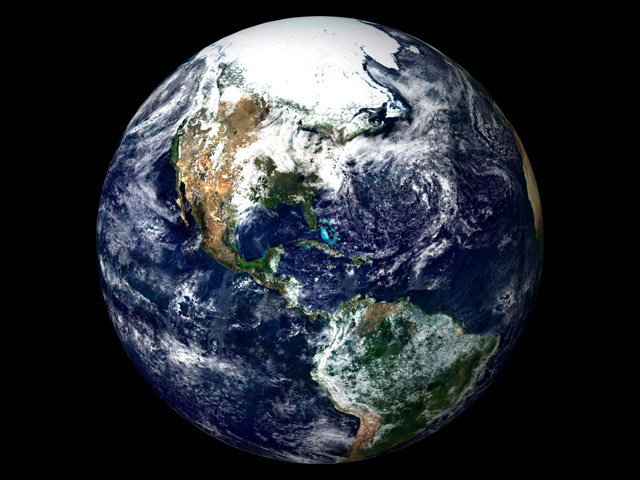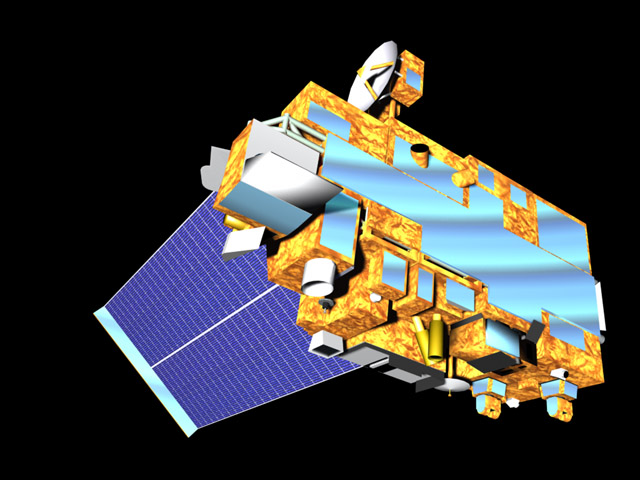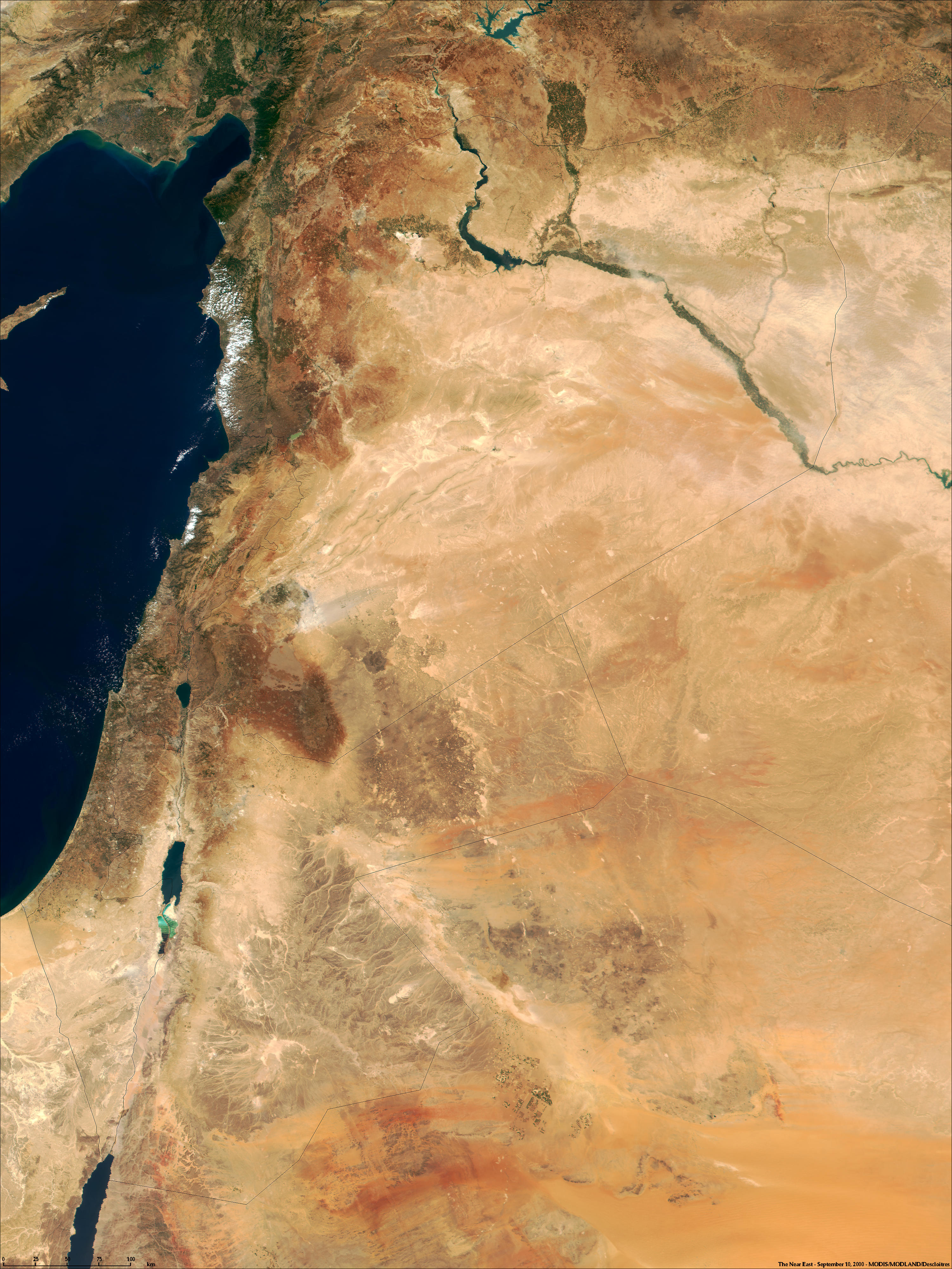


MODIS collected and beamed to Earth these images in very-near real time.ĭata from Aqua MODIS will augment scientists' ability to track wind and clouds in the polar regions where current weather satellites can't see, helping meteorologists to better monitor and predict global weather patterns.Īqua MODIS will also dramatically improve scientists' ability to monitor the daily (diurnal) cycles of the large-scale burning of plant biomass in regions all across the planet. Even as Super Typhoon Chataan was rapidly approaching Japan, there was severe flooding in southeast Texas, and a vast, thick pall of smoke from Canadian wildfires blanketed almost the entire U.S. In its first day of operations, Aqua MODIS observed significant Earth events occurring all over the globe. Understanding the processes of water evaporation, the movements of water vapor (the dominant greenhouse gas) throughout the atmosphere - and the relationship of these processes to cloud formation - is essential to climate and local weather modeling. This is especially important for observing rapid, time-varying phenomena like clouds and water vapor." "With the launch of Aqua," said MODIS Team Leader Vince Salomonson, of NASA's Goddard Space Flight Center, Greenbelt, Md., "we are able to observe land, ocean and atmosphere phenomena in the afternoon with Aqua and in the morning with Terra.

The different timing of the satellites' pole-to-pole orbits enables scientists to focus on different aspects of the Earth's climate system and to see changes within the system during the course of a day. in every time zone, while Aqua ascends across the equator at 1:30 p.m. On a daily basis, Terra descends across the equator at 10:30 a.m.

Like its twin flying aboard NASA's Terra satellite - launched in 1999 - Aqua MODIS sees almost the entire surface of our planet every day in 36 channels ranging from visible to thermal infrared wavelengths.


 0 kommentar(er)
0 kommentar(er)
